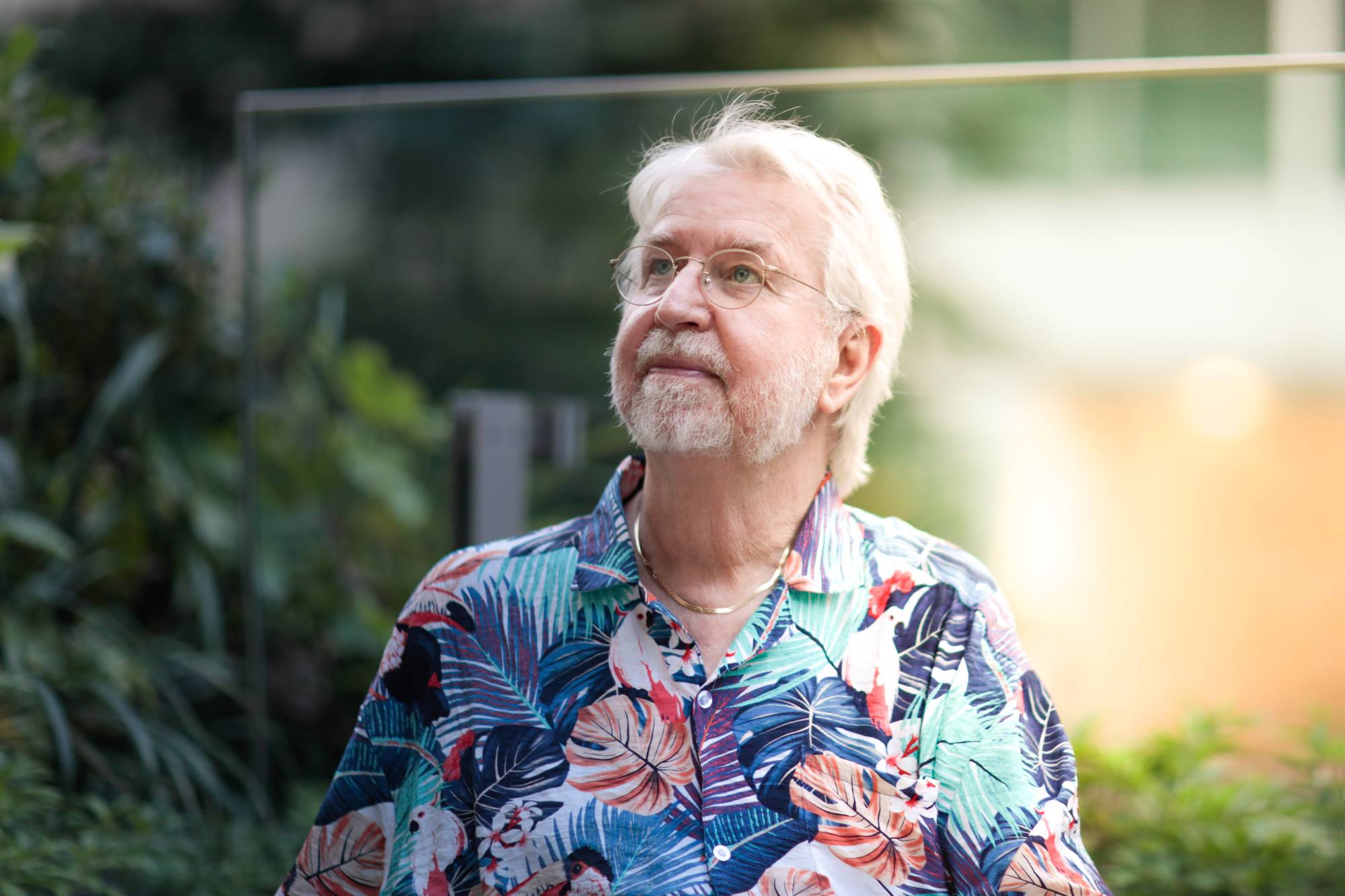Many people today who listen to “city pop,” a bubbly take on funk, disco and dance pop that came out during Japan’s economic heyday, can only imagine how dizzying it might have been to see the glitz and excess of the 1980s and '90s. Radio DJ and personality Kamasami Kong lived it.
“Every night was a party. Every night was a disco or a nightclub or a bar with friends, and every morning was a hangover,” he tells The Japan Times. While his days were occupied with MCing events at malls or beaches outside of Tokyo, “after that, we’d come back into the city and go to a studio. I’d be recording something for this artist or that artist, or doing a radio or television show. It all happened so fast ... it was a blur.”
He and I talk for over four hours at a Mexican restaurant in Toranomon Hills on a warm June night, though I spend most of that time soaking in stories about Kong meeting Prince at an Osaka nightclub or having to organize a last-minute afterparty for Paul McCartney. The 72-year-old Kong wasn’t just a witness to Japan’s halcyon days but an active participant in its music industry — particularly in shaping the city pop sound.


















With your current subscription plan you can comment on stories. However, before writing your first comment, please create a display name in the Profile section of your subscriber account page.